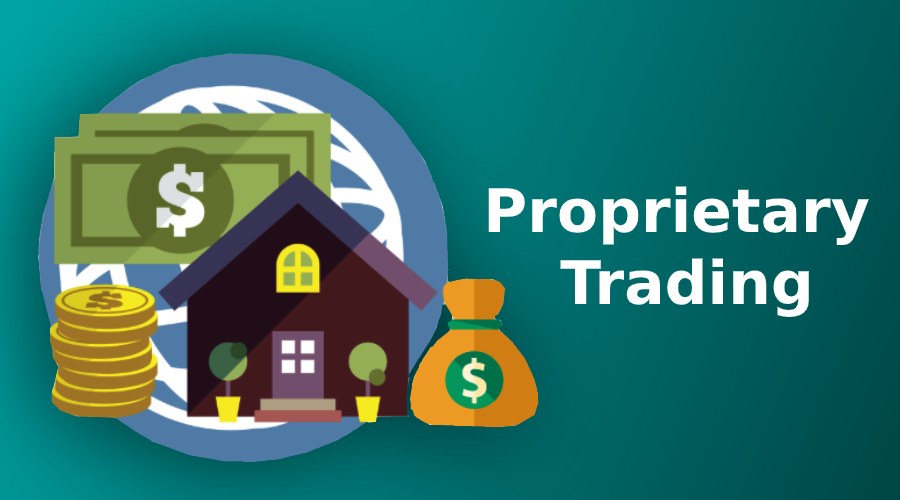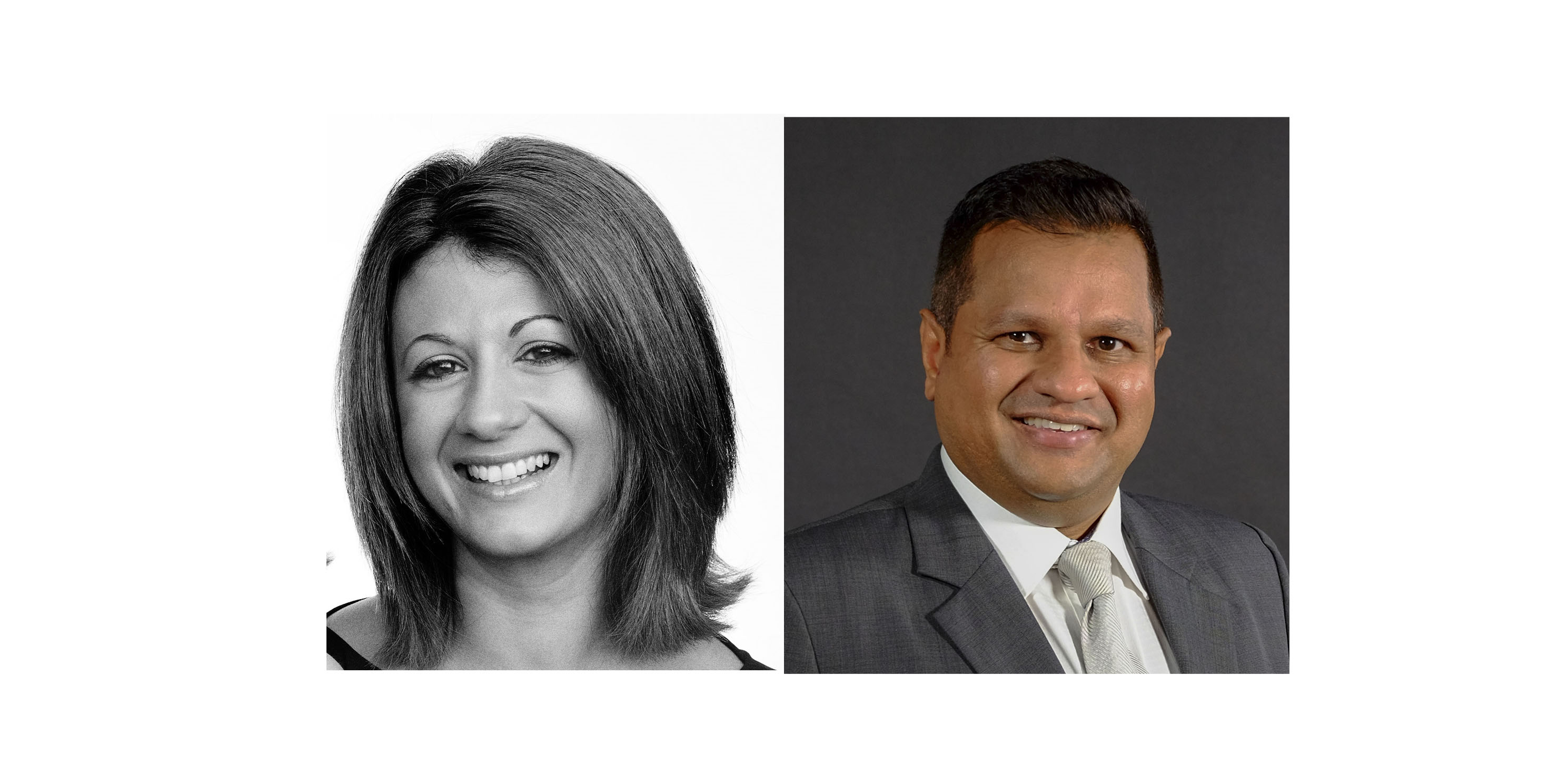
For more information and further XDI capabilities. These results are then aggregated to various levels including council, state or national level as required for mapping or distribution. Results of analysis are provided as projections of mean Annual Average Loss (AAL) for each property each year.

In the analysis pictured above the IPCC (Intergovernmental Panel on Climate Change ) Representative Concentration Pathway (RCP) 8.5 has been used to reflect current Business-As-Usual and the closest path to current emission trajectories, but different scenarios can be selected by the user. These are used to compute the change in the probability of the event thresholds for each element and or design parameter. Users can drill down for further information on which assets and which hazards present the greatest risk.įorward looking estimates for risk use General Circulation Models (GCM) and Regional Climate Model (RCM) downscaling prepared by international modelling teams, though these operate at broad-scale atmospheric resolutions down to about 10km x 10km. These can get down to a spatial resolution of 10m x 10m.įigure 2: XDI Platform aggregates risk by area on physical assets. Hazards covered include fluvial flooding, daily maximum temperatures, wind gusts, forest fires, subsidence and coastal inundation. The base-line probability that a hazard will exceed the specification of an element is computed based on the statistical distribution of associated extreme weather parameters combined with local hazard exposure mapping. Adaptation actions are tested against base unadapted (no action) pathway to provide comparison of effectiveness vs cost. Understanding which parts of a building will be damaged and why building materials are vulnerable is a vital step towards a solution.įigure 1: Analysis on 3 adaptation pathways shows raising electrical components has maximum impact on risk cost over time. Property owners need agency if analysis identifies they are in a future flood zone, owners need to know what can be done to mitigate that risk.

This means we can be very sensitive to actual designs and materials and have a more precise picture of vulnerability. The Climate Risk Engines use asset level calculations of risk rather than generalised damage curves. Asset level calculations for detailed insights Our latest innovation is, a low cost (free to academics and not-for-profits), web-based engine that allows anyone to calculate their current and future risk for 100 different asset types across seven hazards, for any place on earth. Our sister company XDI: The Cross Dependency Initiative utilises the Climate Risk Engines in proprietary tools to quantify climate impacts for its work with clients in infrastructure, finance and government. This is something that obviously worries governments - the insurer of last resort. Partnering with JBAĬlimate Risk has partnered with JBA in order to use our weather and climate data analytics to forward project the risk of river and surface flooding across six continents.Ī key result that has been attracting the attention of banks and governments is the projected cost of insurance and the number of properties that may become uninsurable. The focus on physical vulnerability is a key differentiator in the field of climate change risk assessment.

They combine engineering data, weather data, climate modelling and actuarial risk calculations to compute the future costs of damage, risks of failure and expected devaluation. The Climate Risk Engines are used commercially by governments and industry to better understand potential risk and to allow for planning and budgeting for likely impacts. Working over the past 7 years with engineers, scientists, financial analysts and hazard modellers like JBA, Climate Risk has developed computational engines that can turn climate impact projections into real and costed risks. What we need to know is the specific impact of the local hazards that cause damage and disruption to individual assets. With the recent news that ratings company Moody’s will incorporate climate risk in its valuations, it’s only a matter of time before the financial impact of climate risk becomes a critical part of property investment, ownership and management. Whilst there is growing interest in the impacts of climate change on the built environment, climate models only tell us about the possible future climate and weather. Dr Karl Mallon, Director of Climate Risk Pty Ltd, explains how climate risk models incorporate flood data like JBA’s to put a price on future climate risk.


 0 kommentar(er)
0 kommentar(er)
